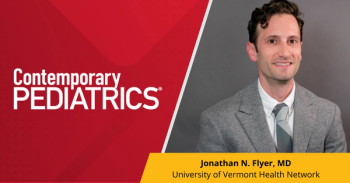
Can oximetry data shorten home oxygen for preterm babies?
Standard care for home oxygen therapy to treat preterm infants uses clinic visits to determine when the child can be weaned. A report considers whether assessing recorded home oximetry data could change this.
Some premature babies may require home oxygen therapy following hospital discharge. A
Investigators ran an unmasked randomized clinical trial in 9 medical centers across the United States from November 2013 to December 2017. Preterm infants with a birth gestation age of ≤37 + 0/7 weeks, discharged with a home oxygen therapy plan, and attending an initial pulmonary visit were enrolled in the study. The infants were sorted into two groups: analysis of recorded home oximetry between clinic visits and standard care, which included monthly clinic visits that had in-clinic weaning attempts.
There were 196 infants in the study with 97 in the intervention arm and 99 in the control arm, and 166 infant finished the trial. In the intervention group, the average time to discontinue home oxygen therapy was 78.1 days. In the standard care group, it was 100.1 days. Quality-of-life scored improved from baseline to 3 months following the end of home oxygen for both groups. However, there was no significant difference in the degree of improvement between the intervention group and the standard care group.
The researchers concluded that using recorded home oximetry was helpful in reducing the time that premature infants need to use home oxygen therapy. They found that it helped doctors make decisions between scheduled visits.
Reference
1. Rhein L, White H, Simoneau T, et al. Transmitted home oximetry and duration of home oxygen in premature infants. Pediatrics. July 14, 2020. Epub ahead of print. doi:10.1542/peds.2020-0079
Newsletter
Access practical, evidence-based guidance to support better care for our youngest patients. Join our email list for the latest clinical updates.









